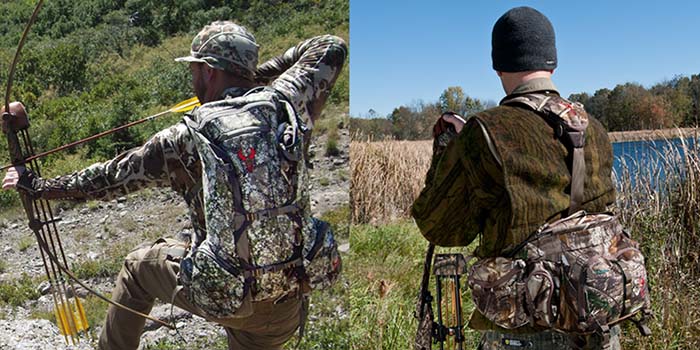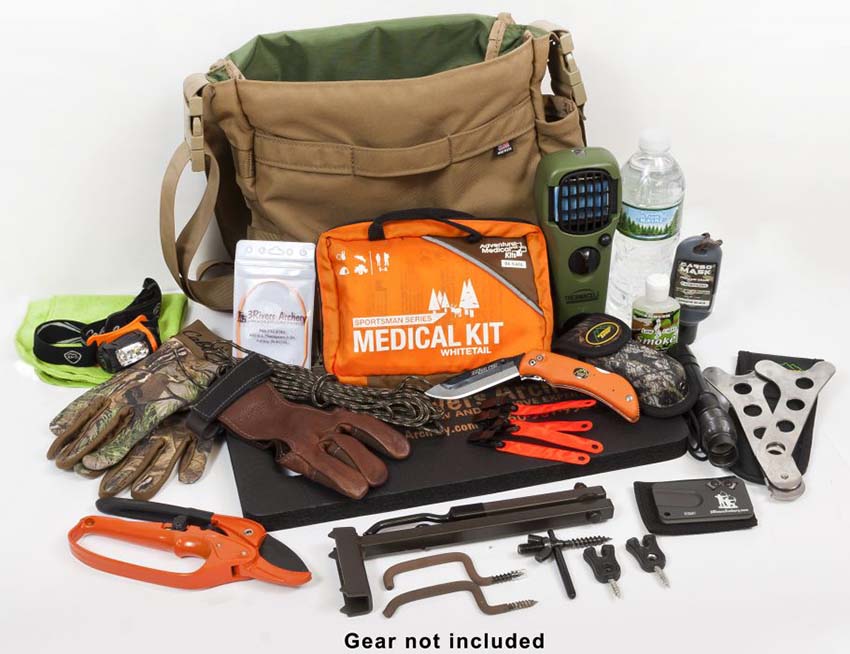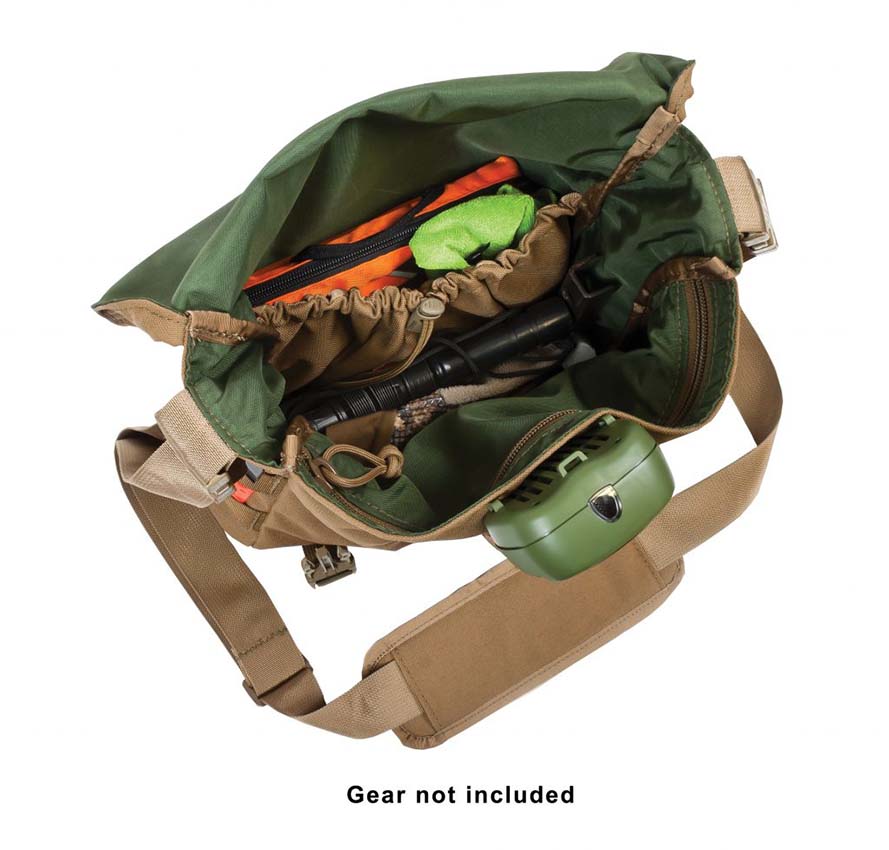
Like many people, I own more than a few pairs of shoes. Dress shoes, tennis shoes, hunting boots… The list goes on. There is not one shoe that works for all occasions. The same goes with hunting packs.
From chasing elk in Colorado, whitetails in Indiana, or hogs in Florida the hunting pack you need can vary greatly. I have been very slow to realize this myself, and often force a pack to fit for a situation that it’s not ideal for. The best example of this is when I take an oversized hunting pack for an evening treestand sit in the deer woods.
When I have shopped for packs I have been like many folks and look at getting the max volume size for a pack. Hunting packs are not cheap, so my thought has always been to go bigger than what I believe I need, and just not fill the space. Problem with this is I find myself with more than half a backpack empty, and then I talk myself into putting more in as, “I have the space, so why not.”
Now, the dedicated person may have the mental strength to avoid doing this, but I’m betting I am not the only hunter sitting in the woods carrying the “kitchen sink” worth of gear. What I have done over the past few years to limit the over packing when I get ready for a hunt is first writing down a list of all items I truly ‘need’ for a hunt, then start expanding out from there. I don’t even look at a pack till I have my list in hand, and the items laid out in front of me.

What to pack in your hunting pack
When writing your own list, think about how long you plan to be out, how far away from your vehicle or home/camp (where I keep non-essential gear), and on every item you are about to write down ask yourself, “If I didn’t have this on me, what would it hurt?”
Now, this may seem like a silly question, but it can really shed some gear from a pack. I no longer carry a folding saw with me when I head to treestand. I have hand shears for smaller branches, but I’ll make sure any large branches or logs are removed when I first set up the tree stand, and I’ve gotten better with my knife to not need a bone saw when I’m field dressing.
For an example on writing a list, here is what I take for an evening sit in my tree stand in Indiana. What I take into consideration is I’m never really that far from my truck and even with leaving work a bit early, I’m only out for a few hours.
- License and transport tag (put in license holder with small pencil)
- Bow and arrows (4-5 with broadheads, 1-2 with hammer blunts)
- Shooting glove and armguard
- Headlamp
- Safety harness and tree strap
- Phone / Camera
- Pull up rope (doubles as drag rope)
- Seat cushion
- Whisper dust
- Bow, 2nd arrow, and gear holders
- Field dressing kit – Knife, latex gloves, and wash cloth
- Back-up shooting glove and bow string
- Camo gloves
- Ratchet shears
- Bottle of water
- Medic kit (small one)
- Face paint
- CC-sharpener
- Toilet paper
Now, some of this is carried on my person (numbers 1 – 6 mainly), so always keep that in mind. As I keep the, “cannot afford to lose” items always within grasp. This is an early season list. Which will grow as the weather dictates. Add a rain coat, grunt tube, insect repellent, etc. All going off what I expect to happen that day.
When I first started writing a list two things happened immediately for me. First, I start cutting the unneeded items before I even finish writing. This example list is 19 items long. That “feels” like a lot, but you should have seen the first lists I made. Secondly, I stopped forgetting gear I needed when I went on my hunts.
Now with your list done lay all of the items out. I set up a card table in my garage and organize items best I can. So have your broadhead sharpening gear next to each other, and your clothing in order from base layer to outer layer. Being able to visualize my gear I try to imagine each piece being used on the hunt, and how likely that is. If I could do without it, I put it aside as a secondary item. If there is space I’ll take it, but most likely it stays in the truck.

Now that I can see what I need, I pull my hunting packs out. I have a Badlands 2200, an old Keyes hunting pack, and a 3Rivers Haversack. For long hours moving about I like the Badlands packs as they have a waist belt and tons of space. So I can comfortably wear it all day and I can carry some meat if I’m lucky enough to put something on the ground. The Keyes pack has tons of space, and I have used it for many years as I have hunted from treestands here in Indiana. The added space lets me pack extra clothing with ease. So great as the weather gets colder. For early season the 3Rivers Haversack is the perfect size. I have the least amount of gear I need to take with me, and the smaller bag makes it easier to move around. I have recently started hunting with a ghillie suit, and having the smaller pack makes it easier to balance a bulkier item like the ghillie suit. Nice thing with the 3Rivers Haversack and the Badlands 2200 pack is the bedroll straps. As strapping a ghillie suit to the bottom of the pack is a breeze.
The only item that always makes it is my med kit. I have it stripped down, but in case of emergency it will save my life.
I hope all of us get more time in the woods to get the experience of “doing stuff.” Learn what you can from others, but never let the hands on fun get away from you. Straight Shooting!
By: Johnathan Karch














.jpg)
